Apple iPhone to iPhone 6: The 7-Year Evolution Of A Game-Changing Smartphone [PHOTOS]
On Jan. 9, during the 2007 Macworld convention in San Francisco, the now-deceased Apple Inc. (NASDAQ:AAPL) CEO Steve Jobs unveiled a new product that Apple had been developing for nearly three years. Introducing the device as a wide-screen iPod with touch controls, a mobile phone and an Internet communicator, Jobs told audiences that the iPhone would “reinvent the phone,” to the sound of thunderous applause.
Jobs poked fun at the then-nascent category of smartphones that could make calls, connect to the Internet and receive email but weren’t very easy to use and relied on QWERTY keyboards.
When Jobs showed off the iPhone, functions as simple as sliding the bar to unlock the iPhone or scrolling through bands in the music function drew “oohs” and “ahs” from the audience.
The rest, as they say, is history. The iPhone is now considered to have reshaped the entire smartphone industry and helped Apple become one of the most valuable companies in the world.
Seven generations later, iPhone is starting to see declining market share in the face of less-expensive devices from competitors like Samsung, LG and Motorola (owned by Google), but the Apple iPhone still dominates 53 percent of the smartphone market. The iPhone is the top-selling phone of all time in the U.S., Japan and other countries.
To commemorate the 7th anniversary of the iPhone, here is a look at how the iPhone has evolved over the years, and where it is predicted to go in the future.
1. The iPhone – Released June 29, 2007

The original iPhone was a GSM phone that established the form-factor that Apple has more or less stuck with over the years. The public was so amazed by the device, some nicknamed it the “Jesus phone.” Apple released the original iPhone in 4GB, 8GB and 16GB models.
2. iPhone 3G – Released July 11, 2008
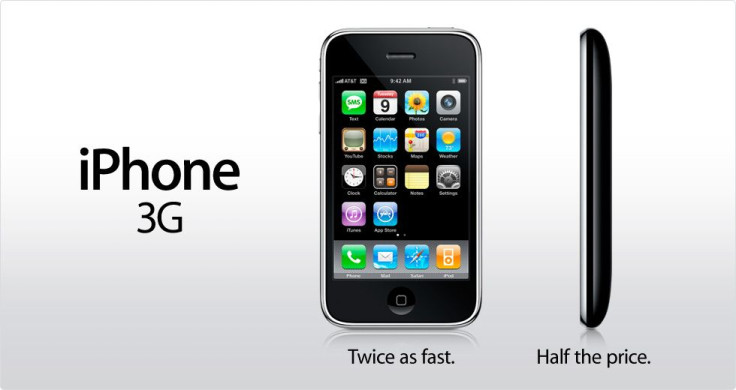
With the second generation, Apple introduced Assisted GPS and 3G connection. The biggest improvement was with an updated iOS, which included Push email, turn-by-turn navigation and the App store, which introduced third-party applications.
3. iPhone 3GS – Released June 19, 2009
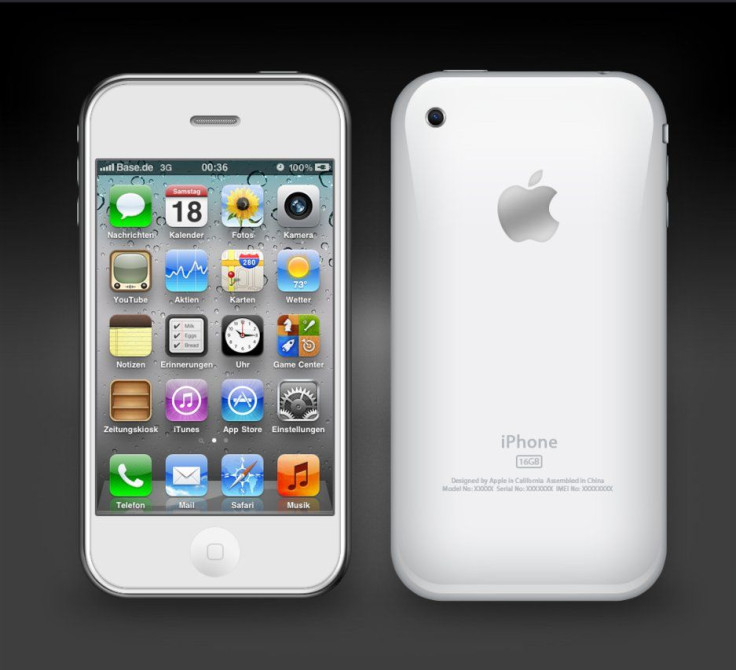
Apple gave the iPhone 3GS a faster processor and a higher-resolution camera that could capture 480p videos. Apple also added support for voice controls.
4. iPhone 4 – Released June 24, 2010

The iPhone 4 was the first to feature the high-resolution “Retina display.” Apple also added a front-facing camera for video calls, and upgraded the rear-facing camera to 5 megapixels and 720p video capture. Apple also introduced a new design, replacing the rounded back panel with a flat surface, making the iPhone 4 the thinnest smartphone in the world at the time. The iPhone 4 featured a stainless-steel frame and the new A4 chip, which, along with iOS 4, helped the iPhone with multitasking functions.
5. iPhone 4S – Released October 14, 2011
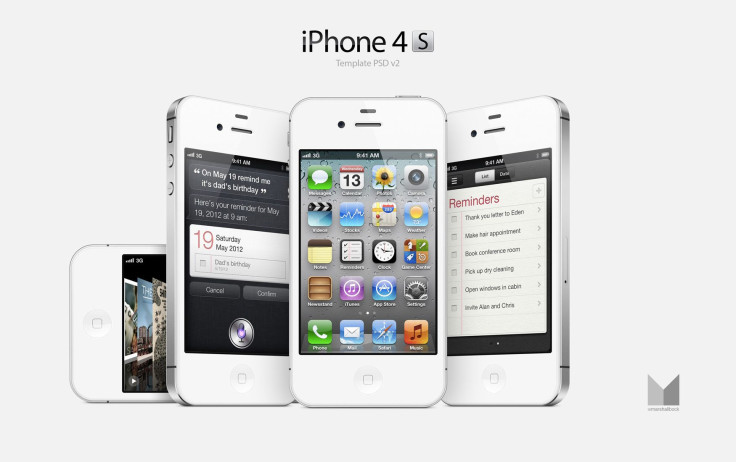
With the fifth generation, Apple upgraded the camera once again, this time with 8 megapixels and 1080p video recording. Apple also upgraded the hardware to a dual-core A5 processor and introduced Siri. The release of 4S brought along iCloud, iMessage, Notification Center, Reminders and native integration with Twitter. The iPhone 4S was the first iPhone released after Jobs’ death.
6. iPhone 5 – Released September 21, 2012
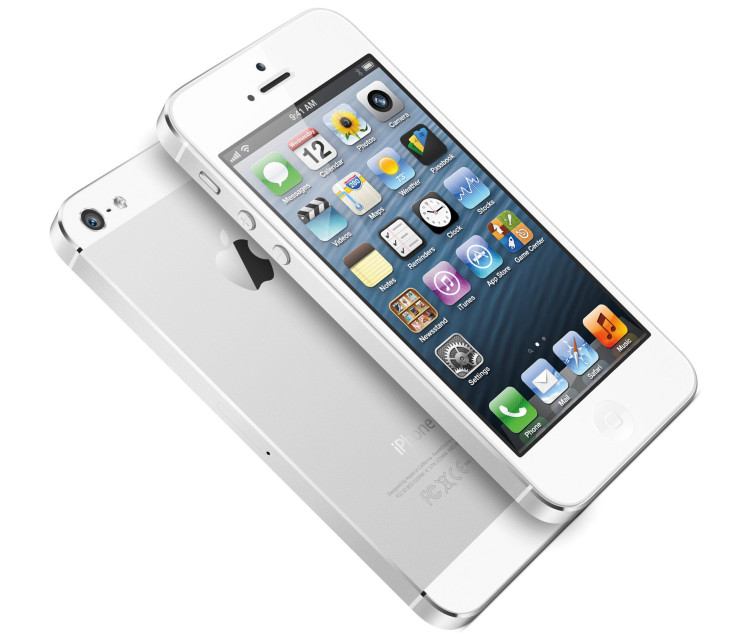
The iPhone 5 featured a new dual-core A6 chip and increased the size of the display up to four inches. Apple also replaced the 30-pin connector it had been using since before the original iPhone with a new, all-digital “Lightning” connector. The iPhone 5 was also given an aluminum frame, making the phone thinner and lighter than previous models. The iPhone 5 was also the first iPhone to feature LTE support.
7. iPhone 5C and iPhone 5S – Released September 20, 2013
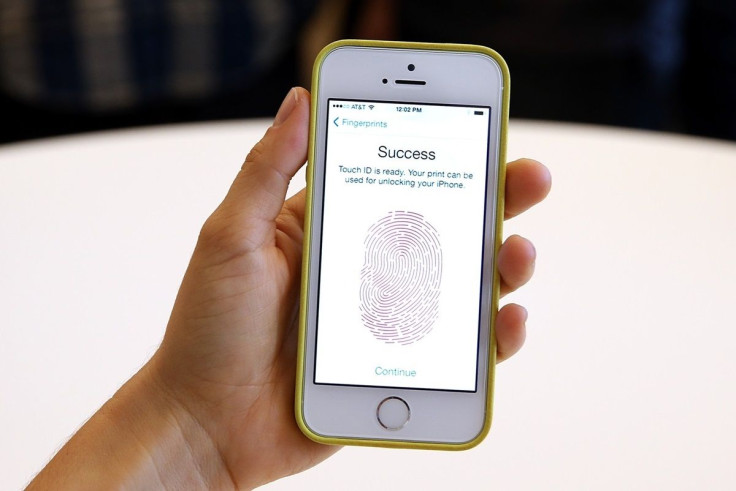
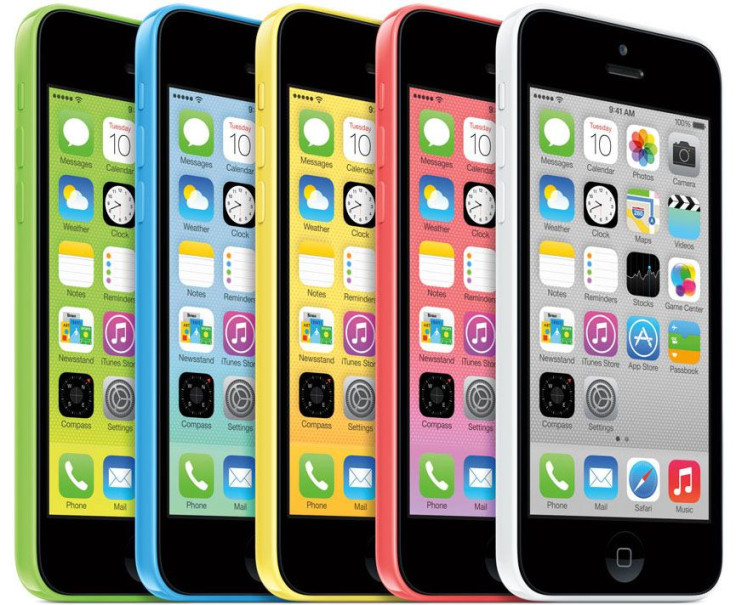
The seventh and most recent generation of the iPhone came in two different models. The iPhone 5C is mostly the same as the iPhone 5, but has a new backside-illuminated FaceTime camera and new body made out of polycarbonate.
The iPhone 5S maintained the same form-factor as the iPhone 5, but was given a new TouchID home button with fingerprint recognition technology. Apple also updated the camera with a larger aperture and dual-LED flash, and introduced the new A7 dual-core processor, making the iPhone 5S the first smartphone with a 64-bit processor. Apple also added the M7 processor into the iPhone to handle motion data.
8. iPhone 6? – Coming Q3 2014?
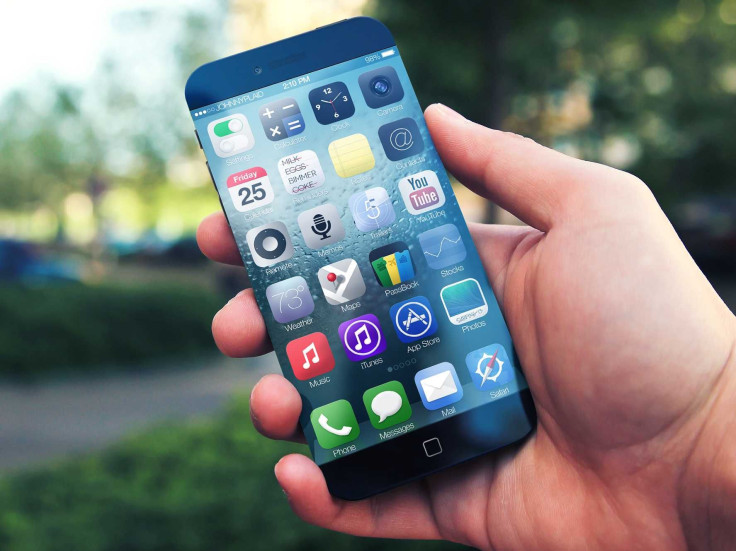
The Apple rumor mill is busy churning out any and all possible news about the next iPhone, which most believe will be called the iPhone 6. Many believe that iPhone 6 will feature a bigger screen, and that Apple is working on two models: a 4.7-inch screen and a 5.7-inch screen. Both models are likely to feature the fingerprint scanner from the iPhone 5S.
There are also rumors that the next iPhones will have curved-glass displays.
© Copyright IBTimes 2024. All rights reserved.












